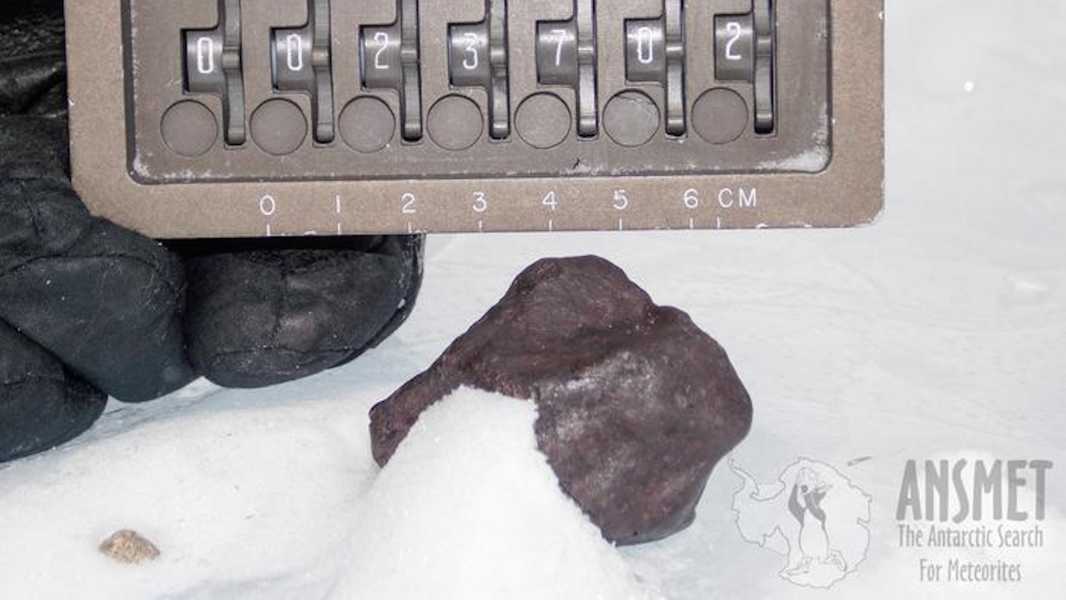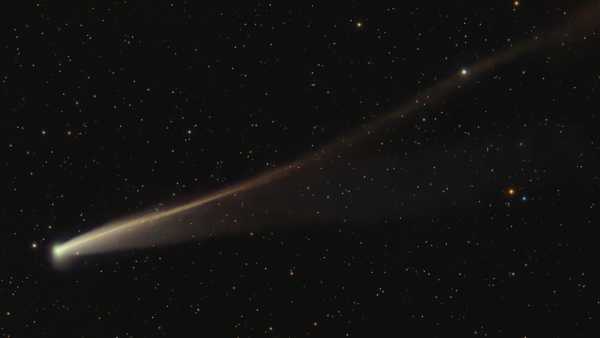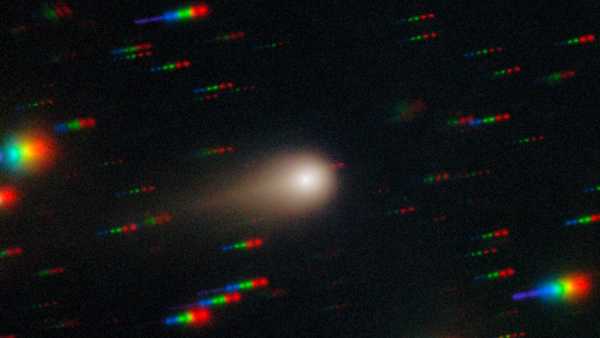
(Image credit: ANSMET (Antarctic Search for METeorites) Program, Case Western Reserve University and the University of Utah.)
The chemical composition of this meteorite could change scientists' views on the origin of water on Earth.
Researchers have found traces of hydrogen sulfide in a meteorite that resembles those that may have formed the early Earth. If these rocky objects contain significant amounts of hydrogen, it raises the possibility that Earth may have formed from the materials needed to create water, rather than getting most of its water from random asteroid and meteoroid impacts during the planet’s early history. The findings were published April 16 in the journal Icarus.
Earth’s chemical composition is similar to anhydrous rocky bodies known as enstatite chondrites, implying that the planet may have formed from similar materials. For years, scientists thought this indicated that the water must have come from objects in the outer solar system that bombarded Earth. However, such impacts are generally unlikely because they depend on the peculiar geometry of our solar system, with Jupiter’s gravity guiding comets and meteorites toward the inner solar system, said Alessandro Morbidelli, a planetary formation researcher at the Collège de France in Paris who was not involved in the new study.
However, a 2020 study found that while enstatite chondrites don’t contain water, they do contain hydrogen. Theoretically, the hydrogen they carry could have reacted with oxygen on early Earth to produce significant amounts of water. However, it remained unclear what form that hydrogen was in. Study co-author James Bryson, a planetary scientist at the University of Oxford, and his team suspected that the hydrogen could have been bound to sulfur in the meteorites.
Using a technique known as X-ray absorption near-edge spectroscopy, the researchers looked for signs of hydrogen bound to sulfur inside an enstatite chondrite that was first found in Antarctica in 2012. They found more hydrogen than expected, in the form of hydrogen sulfide, throughout the meteorite's fine-grained matrix.
The presence of hydrogen suggests that hydrogen may have been present on Earth since its formation, Bryson said in an email to Live Science.
The results suggest that rocky planets in the inner solar system — and perhaps other planetary systems — could have formed with enough hydrogen to form oceans of water. “This means that conditions conducive to life may be much more likely than we initially thought,” Bryson added.
Some scientists remain skeptical, however. Enstatite chondrites are susceptible to contamination from water already present on Earth, said Conel Alexander, a meteorite scientist at the Carnegie Institution for Science in Washington, D.C., who was not involved in the study. “When they enter the Earth’s atmosphere and encounter water and even oxygen, they start to react pretty quickly,” Alexander told Live Science. The extra hydrogen could have come from Antarctic ice and meltwater around the meteorite before it was discovered, he added.
Although the researchers took care to avoid studying areas that clearly reacted with water, fresh enstatite chondrite could confirm the source of the hydrogen once and for all. “The ideal scenario would be if a sample of enstatite chondrite fell to Earth, and we immediately picked it up, put it in a water- and oxygen-free environment, and kept it there,” Alexander told Live Science.
TOPICS water
Sourse: www.livescience.com





